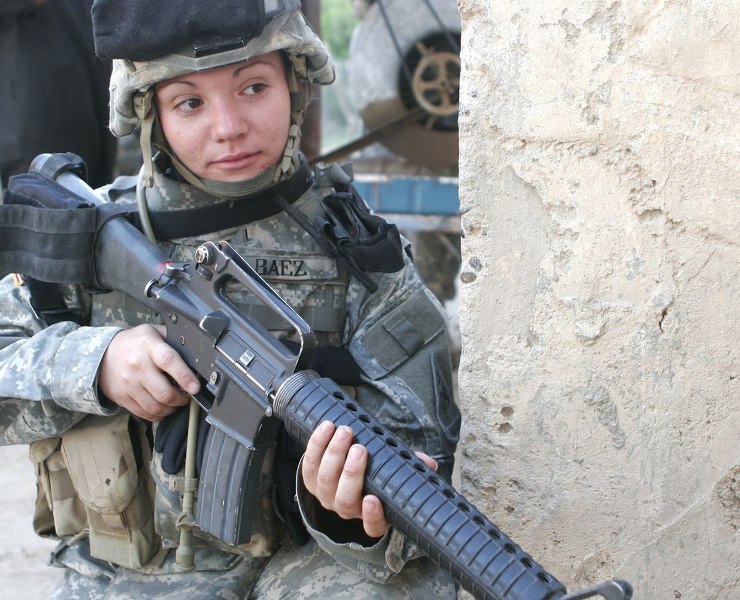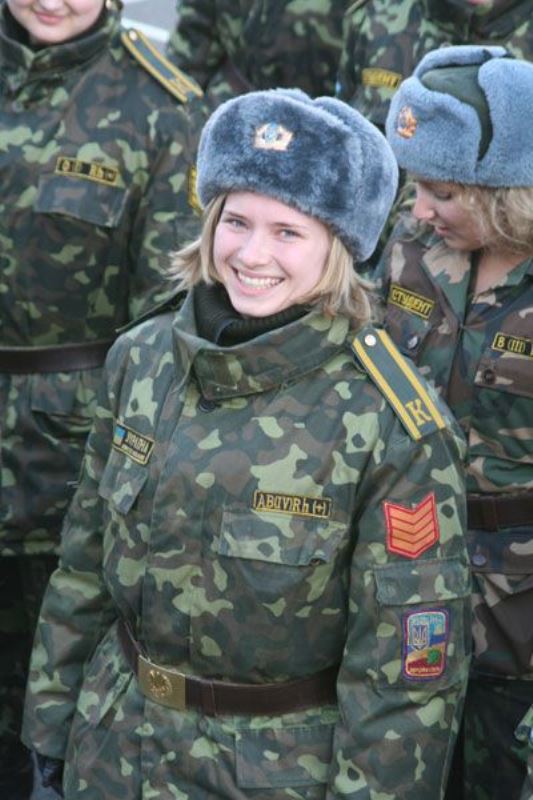Photographed by Don Gilman at Lewis Air Legends












Part I here: https://inchhighguy.wordpress.com/2024/03/03/grumman-f7f-tigercat-walk-around-part-i/
Scale Modeling and Military History
Photographed by Don Gilman at Lewis Air Legends












Part I here: https://inchhighguy.wordpress.com/2024/03/03/grumman-f7f-tigercat-walk-around-part-i/


















































To see more Women Warriors, click on the tags below:





Construction Part I here: https://inchhighguy.wordpress.com/2024/03/15/icm-focke-wulf-fw-189-uhu-build-in-1-72-scale-part-i/

Many surface to air or air to air missiles use infrared (IR) seekers for targeting. These systems are passive, and home in on the target aircraft’s hot engine exhaust. The aircraft can counter an IR missile by releasing flares at the proper moment, the missile’s seeker hopefully locking on to the hotter flare instead of the aircraft. A popular subject for aviation photographers is an aircraft making a “flare angel” by releasing its entire supply of flares and allowing the wingtip vortices to spin the smoke trails into wing shapes. Here is an Ilyushin Il-76 making a flare angel.
A series of beautiful color shots of B-17s of the 301st Bomb Group taken by famed photographer Robert Capa. These were taken at RAF Westover, many of these aircraft arrived in England in August 1942.











More B-17 color photographs here: https://inchhighguy.wordpress.com/2019/05/29/color-b-17g-flying-fortress-nose-art-of-the-490-bomb-group/

The Book of Five Rings
Written by Miyamoto Musashi, Translated by William Scott Wilson, Narrated by Peter Noble
Audiobook, 4 hours and 12 minutes
Published by SNR Audio
Language: English
ASIN: B0CJYFB5SM
In Japan, Miyamoto Musashi is regarded as the greatest swordsman who ever lived. Born in 1584, he is reputed to have won his fist duel at the age of 13. He was never defeated in combat. He was victorious in 60 singular combats and survived 3 military battles. In the later part of his life he taught swordsmanship and studied Buddhism. He also became adept at several arts including painting, sculpture, calligraphy, and construction. The last two years of his life were lived as a hermit in cave, where he meditated and documented his thoughts on strategy and swordsmanship, including the five scrolls which comprise the Book of Five Rings. Musashi died in 1645 at the age of 62, most likely from lung cancer.
The five chapters of the book are Earth, Water, Fire, Wind, and Void. Broadly, these discuss general precepts of the martial arts, which in Musashi’s time were defined as armed combat, primarily with the sword. Much of the text is devoted to specific sword techniques, all of which are assigned a name, and after each Musashi writes. “You must study this thoroughly”. There are philosophical observations intermingled with the mechanics of swordsmanship, readers of Sun Szu will find many of these familiar. In the current era there are many businessmen who study Musashi likely for these nuggets.
Musashi was a proponent of using both the long and short swords typically carried by Samurai simultaneously, one in each hand. He found two-handed swords unbalanced. Pikes and glaives were useful in open fields. Archery was outstanding in battle but useless against fortifications. He considered firearms to be superior weapons except for close combat. He cautioned his students that it was as bad to overly favor one type of weapon, but to be proficient in many. Although he is typically thought of as a swordsman, he fought two of his most famous duels with improvised staffs, one fashioned from a boat oar.
I would describe this book is a detailed description of Japanese sword techniques with an ample sprinkling of The Art of War as seen through a Buddhist lens. I have read this book a few times, but it was also useful to listen to it in audiobook form. The sword techniques may not have much application today, but there are many fundamental strategic lessons for the careful listener. Recommended, both for those insights and as a window into life in feudal Japan.
Photographed by Don Gilman at Lewis Air Legends











Part V here: https://inchhighguy.wordpress.com/2024/03/31/grumman-f7f-tigercat-walk-around-part-v/
Photos from the 2024 Dayton Wright Field Modelers IPMS Show. A small vendor’s room but some great models on display. The show was literally just up the road from the National Museum of the United States Air Force, and it’s hard to resist a day out at the museum!






































































To see more Women Warriors, click on the tags below:





Construction Part III here: https://inchhighguy.wordpress.com/2024/03/29/icm-focke-wulf-fw-189-uhu-build-in-1-72-scale-part-iii/
Scale models, where they come from, and people who make them
Scale diorama tips and ideas
Let's build, and build again even if you won't build everything you have bought
A futile fight against entropy or 'Every man should have a hobby'? Either way it is a blog on tabletop wargames, board games and megagames
World War II with Scale Models
Illustrating Stories, Painting Miniatures, Reviewing Realms.
This is my ad free non-profit blog of my research notes on military history since April 2018.
Moving with the tides of history
Building and improving scale models
WHENEVER ANY FORM OF GOVERNMENT BECOMES DESTRUCTIVE OF THESE ENDS (LIFE,LIBERTY,AND THE PURSUIT OF HAPPINESS) IT IS THE RIGHT OF THE PEOPLE TO ALTER OR ABOLISH IT, AND TO INSTITUTE A NEW GOVERNMENT― Thomas Jefferson
Let's build and build again
This WordPress.com site is Pacific War era information
Scale Modeling and Military History
The best in WWII aviation history
Scale Modeling and Military History
Scale models from the sunny side of the Alps.
Scale Modeling and Military History
Scale Modeling and Military History
Scale Modeling and Military History
Scale Modeling and Military History
Scale Modeling and Military History
Scale Modeling and Military History
Scale Modeling and Military History
A blog about Modeling and life in general